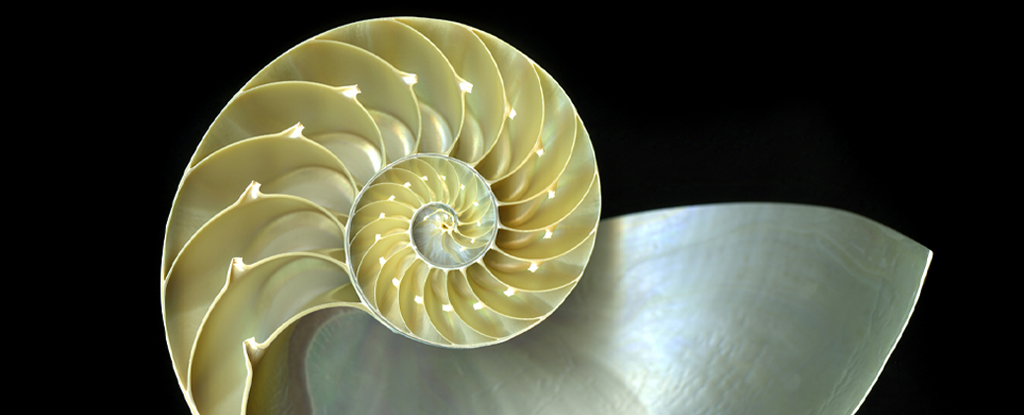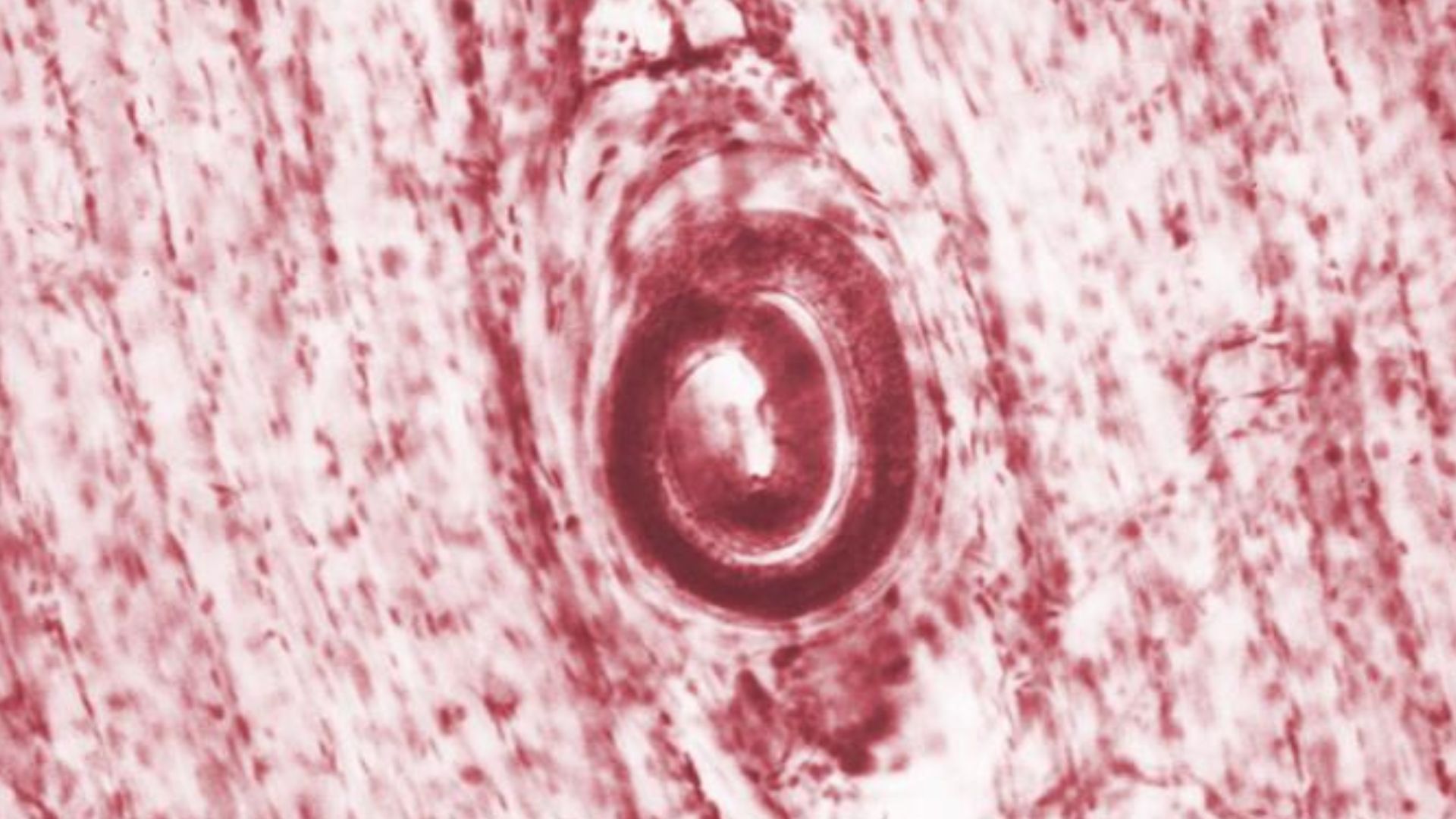Genes, Vol. 15, Pages 528: Transcriptome Analysis on the Quality of Epimedium koreanum in Different Soil Moisture Conditions at Harvesting Stage
Genes doi: 10.3390/genes15050528
Authors: Yonggang Zhang Dantong Wang Feng Wu Xiangdi Huang Xiaowei Chai Limin Yang
Epimedium koreanum is a traditional Chinese tonic herb. Its main medicinal components are secondary metabolites such as flavonoids and flavonol glycosides, but the biosynthetic mechanism is still unclear. Moisture conditions are a key environmental factor affecting E. koreanum medicinal components during harvesting. Different stages of E. koreanum under natural conditions after rainfall were selected to study changes in physiological properties, herb quality, and transcriptome. Malondialdehyde (MDA) content increased significantly in the D3 stage after rainfall, and protective enzyme levels also rose. Additionally, the flavonol glycoside content was relatively high. We sequenced the transcriptomes of D1, D3, and D9 (R) and identified differentially expressed genes (DEGs) related to flavonoid synthesis. This analysis allowed us to predict the roadmap and key genes involved in flavonoid biosynthesis for E. koreanum. These results suggest that the E. koreanum quality can be enhanced by natural drought conditions in the soil after precipitation during harvest. The harvesting period of E. koreanum is optimal when soil moisture naturally dries to a relative water content of 26% after precipitation. These conditions help E. koreanum tolerate a certain level of water scarcity, resulting in increased expression of flavonoid-related genes and ultimately enhancing the quality of the herb.

 1 month ago
20
1 month ago
20


